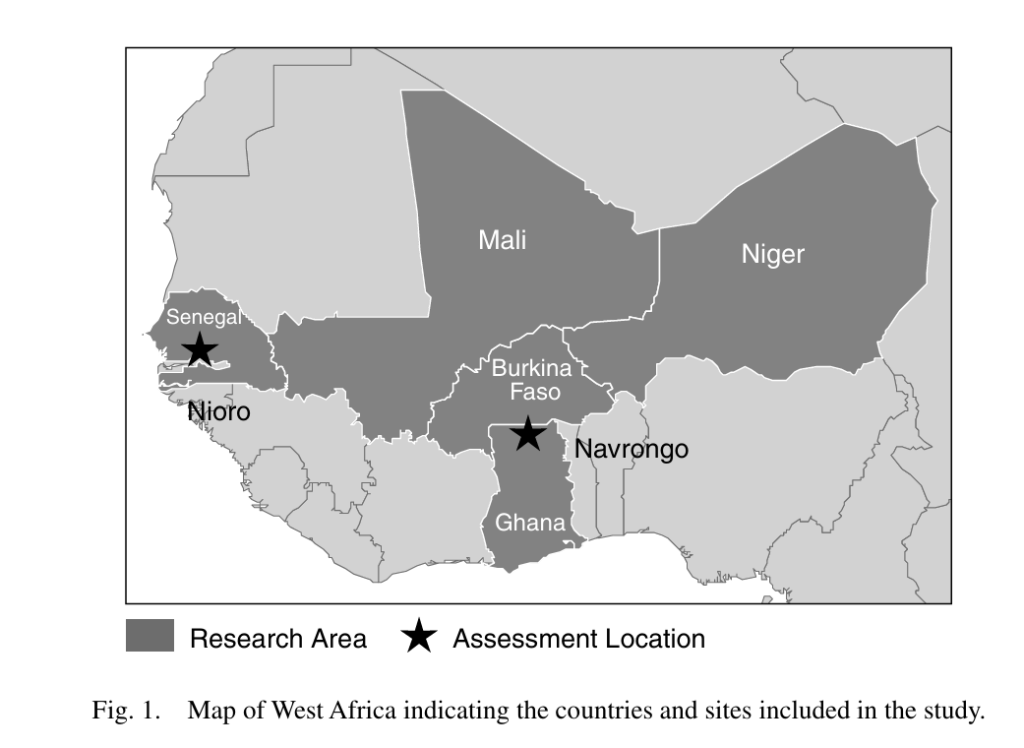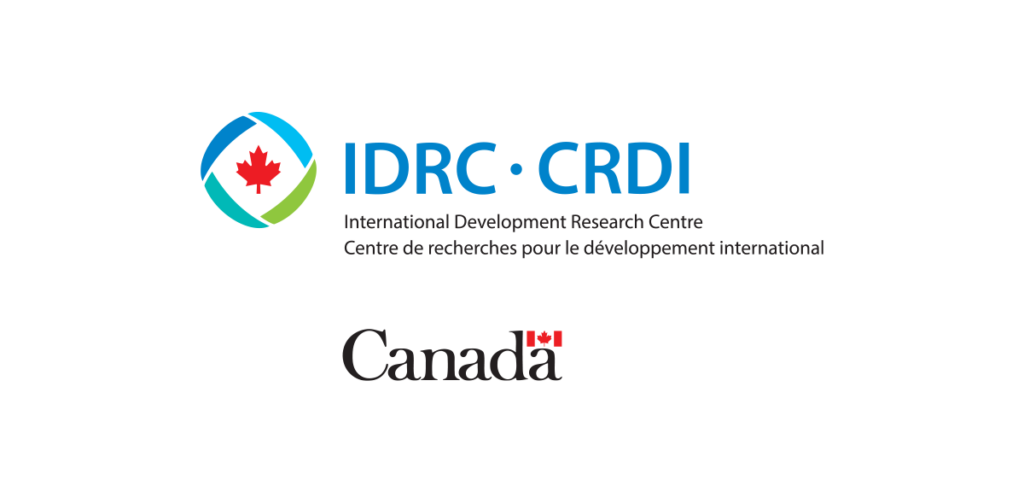TheWestAfrican Sub-Saharan region (Fig. 1) is home to some 300 million people, with at least 60%engagedinagricultural activity. Climate change is now recognized as a major constraint to development worldwide. While climate change primarily relates to the future, historical trends give evidence of climate change already occurring. Temperature increases of 1 to 1.5◦C have been observed over the last 30 years

in WestAfrica (EPA Ghana, 2001; IPCC, 2007) and there are projections of further warming of theWestAfrican region in the foreseeable future (2040–2069; Fig. 2a). The impact of climate change on WestAfrican rainfall is less clear. The analysis of historical data over the last 30 years shows that, whereas some zones experienced increased rainfall by as much as 20% to 40%, other locations experienced a decline in annual rainfall by about 15%. Future projections suggest a drier western Sahel (e.g., Senegal) but a wetter eastern Sahel (e.g., Mali, Niger; Fig. 2b). The southern locations ofWestAfrica(e.g.,Ghana)areprojectedtoexperiencenochangeorslight increases in annual rainfall (Hulme et al., 2001). Irrespective of whether these zones will be dryer or not, there is historical evidence of shifts in rainfall patterns with extreme events (i.e., droughts and floods) becoming more frequent (Adiku and Stone, 1995) and it is probable that this trend may persist into the future.





